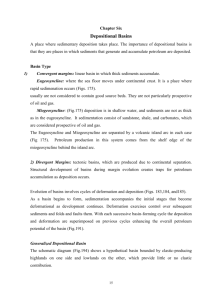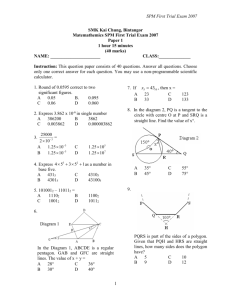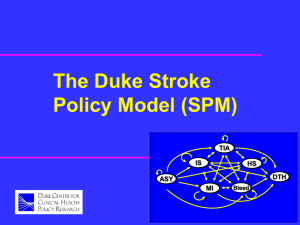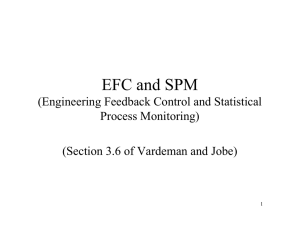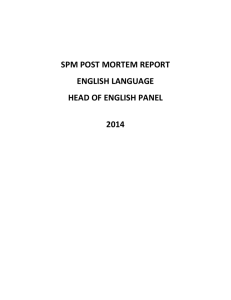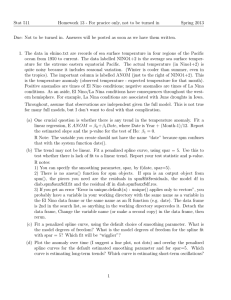3D Visualization and Analysis of Topographic and Geologic
advertisement
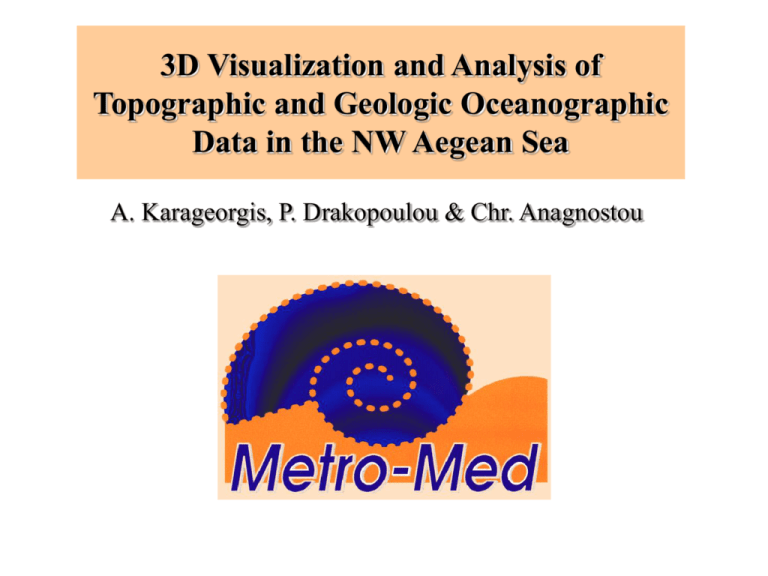
3D Visualization and Analysis of Topographic and Geologic Oceanographic Data in the NW Aegean Sea A. Karageorgis, P. Drakopoulou & Chr. Anagnostou The EU MAST-III ELOISE Metro-Med project (Contract No: CT 960049) Collects data from the fields: • Physical • Geological • Biological and • Chemical Oceanography In an effort to organize, analyze, compare and finally to explore the data set, we have utilized the Arc/Info GIS platform for the development of an application named “Metro-Med GIS” Metro-Med Multidisciplinary Cruises 1998 1997 The Working Area Marine area : Thermaikos Gulf & Sporades basin in NW Aegean Sea (39o 00΄N - 22o 30΄E, 40o 40΄N - 24o 30΄E) Drainage basin : study the marine area as an integrated system with the surrounding land, since terrestrial input in fresh water, sediments, nutrients, pollutants is of major importance. The Working Area The Working Area Data projection ... Greek Geodetic Reference System 1987: • Transverse Mercator projection • central meridian λo = 24o • scale’s coefficient = 0.9996 • constant 500,000 is added to the x-axis values * The reference points use for the data transformation, produced an RMS (Residual Mean square) Error between 0.002 and 0.017 The area under investigation was separated in three zones ... The cartographic data base comprises the following categories - layers of information: • Bathymetry • • • • • Hypsometry Hydrography Political - Administrative borders Road Network Urban Area The DEM of the whole area ... Metro-Med Digital Bathymetric Map of the Thermaikos Gulf and the Sporades Basin 1500 1400 1300 1200 1100 1000 900 800 700 600 500 400 300 200 150 100 90 80 70 60 50 40 30 20 10 0 -100 meters Shelf Area Volume (km2) (km3) 5,350 430 Basin 5,250 3,570 Total 10,600 4,000 Factors controlling SPM distribution: • riverine supply – proximity to the sources – water circulation – bottom topography • Thessaloniki city supply • stratification Particle transport and deposition • transport along the western coast (SE) • resuspension and deposition mechanisms closely related to the distance from the river mouths • absence of detached layers towards the basin • shelf acts as a sediment trap Conclusions • • • • • • • SPM major sources are the rivers Axios, Aliakmonas and Pineios SPM input is high only during the “wet” seasons SPM distribution follows the dominant cyclonic cirulation SPM settles in the shelf SPM is mainly terrigenous Sediments distribution follow in general the bathymetry Sands in the eastern and central part • lack of input • circulation patterns • Silt deposition in fron of the river mouths • Clay deposition in the basin • Resuspension possibilities in the western part



